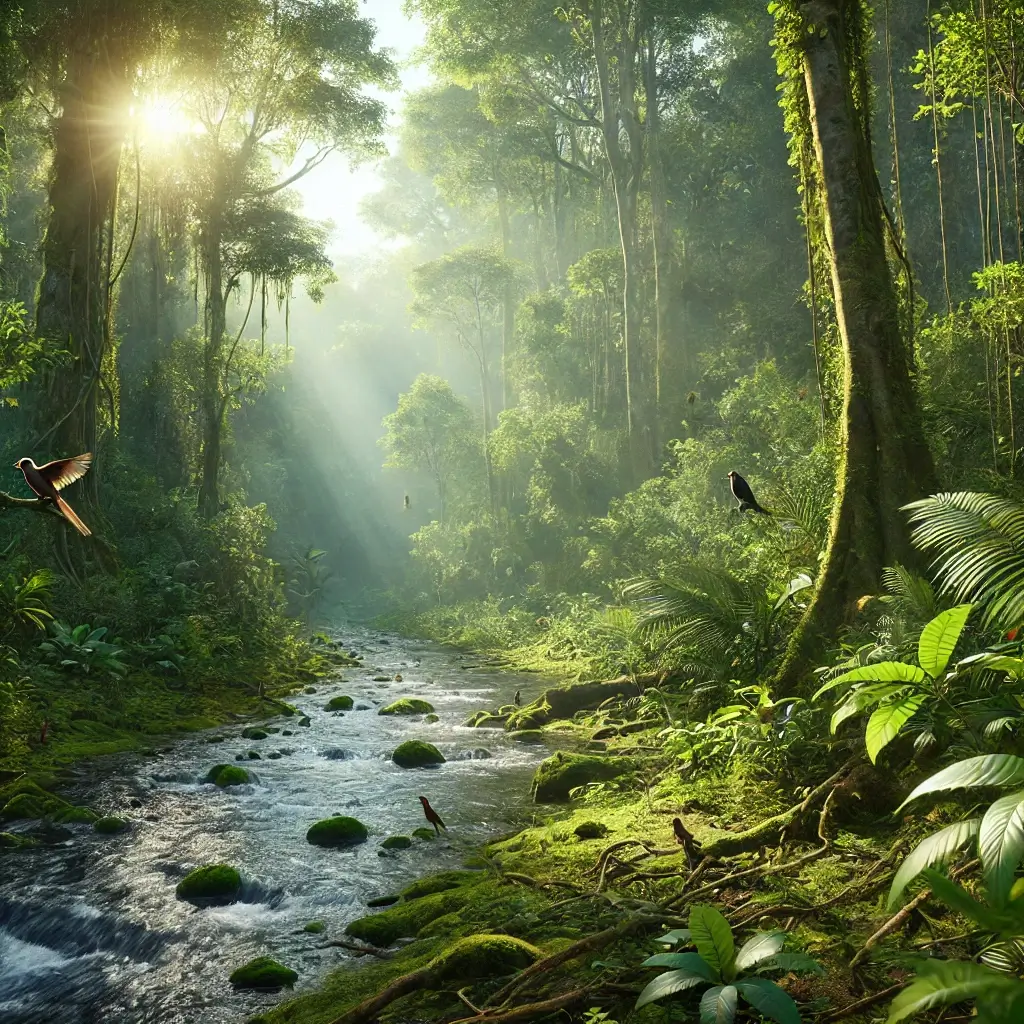Why be normal, when the weird stuff is way more interesting?
Why the Earth Needs the Amazon rain forest
The Amazon Rain forest is often referred to as the “lungs of the Earth,” but its role in sustaining life on our planet goes far beyond oxygen production. Stretching over 5.5 million square kilometers across South America, the Amazon is one of the most bio-diverse regions on the planet and plays a critical role in regulating the Earth’s climate. But why does the Earth Needs the Amazon Rain Forest?
Could the Earth survive without it? In this post, we’ll explore the weird and essential reasons why the Earth needs the Amazon Rain Forest and what’s at stake if we fail to protect it.
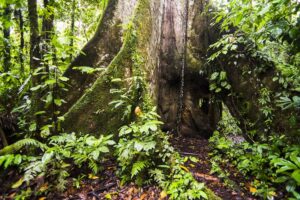
The Amazon Rain forest: Earth’s Green Lungs
The Amazon is often described as the planet’s lungs because of its ability to absorb large amounts of carbon dioxide (CO2) from the atmosphere and release oxygen through photosynthesis. It is estimated that the Amazon produces 20% of the world’s oxygen, making it an essential part of the global oxygen cycle. However, this is just one small piece of the puzzle when it comes to why the Earth needs the Amazon Rain forest.
While it’s easy to imagine the Amazon as an “oxygen factory,” the reality is more complex. Trees and plants in the Amazon absorb CO2 and, in return, release oxygen, helping to maintain the balance of gases in our atmosphere. However, deforestation and human activities are rapidly reducing the forest’s ability to perform this crucial function. Without the Amazon, the Earth’s atmosphere would become imbalanced, contributing to a dangerous increase in greenhouse gases and accelerating climate change.
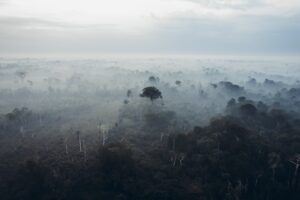
The Amazon as a Carbon Sink: Fighting Climate Change
One of the most vital roles the Amazon plays is as a carbon sink, meaning it absorbs more carbon dioxide than it emits. The Amazon stores around 100 billion tons of carbon in its trees, plants, and soil, helping to mitigate the effects of climate change by keeping excess CO2 out of the atmosphere. In fact, the Amazon absorbs about 2.2 billion tons of CO2 each year, offsetting a significant portion of global emissions.
Without the Amazon, the carbon stored in the forest would be released back into the atmosphere, significantly increasing the concentration of CO2 and contributing to the greenhouse effect. This would result in more extreme weather events, rising global temperatures, and the accelerated melting of polar ice caps. In short, without the Amazon acting as a natural carbon sink, the Earth’s ability to regulate its climate would be severely compromised.
Biodiversity: The Amazon’s Role in Supporting Life on Earth
The Amazon Rain forest is home to more species of plants and animals than any other terrestrial ecosystem on Earth. With over 3 million species of plants, animals, and insects, the Amazon is the most biodiverse place on the planet. It contains about 10% of all known species and is a crucial habitat for rare and endangered species, many of which can’t be found anywhere else in the world.
This incredible biodiversity isn’t just a point of pride for conservationists—it plays a critical role in maintaining the health of ecosystems worldwide. The Amazon’s biodiversity ensures the resilience of the planet’s food chain, supports pollination, and helps regulate disease and pest populations. Losing the Amazon would mean the extinction of countless species, with ripple effects that could disrupt ecosystems around the globe.
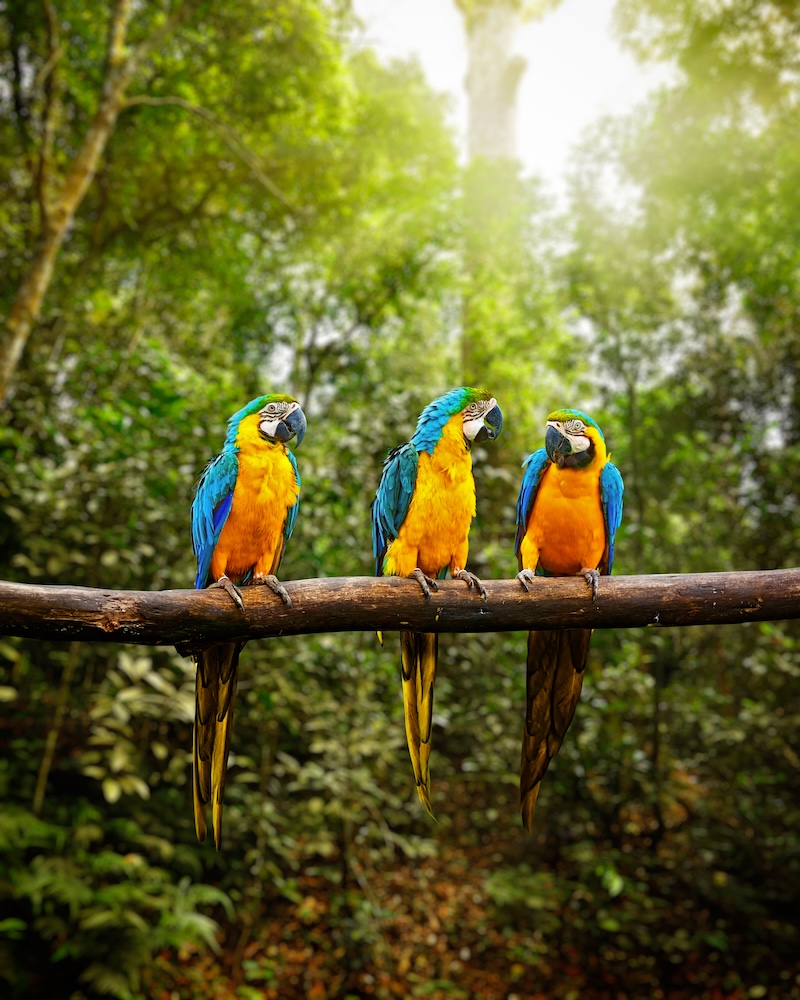
Key Species in the Amazon: More Than Just the Big Names
While iconic species like the jaguar, sloth, and anaconda often steal the spotlight, the Amazon is home to countless other vital creatures. Pollinators like bees and butterflies play a crucial role in plant reproduction, while keystone species like the Brazil nut tree support the survival of many other species.
Many of the world’s medicines also come from plants found only in the Amazon. Scientists estimate that 25% of Western pharmaceuticals are derived from rain forest ingredients. The loss of the Amazon would result in the extinction of potentially lifesaving plants that haven’t even been discovered yet.
The Hydrological Cycle: The Amazon’s Impact on Global Water Systems
Did you know that the Amazon Rainforest plays a crucial role in the planet’s water cycle? The Amazon is responsible for about 15-20% of the world’s freshwater, and its trees release 20 billion tons of water into the atmosphere daily through a process called transpiration. This water vapor forms clouds and eventually returns to the Earth as rainfall, influencing weather patterns across South America and beyond.
The Amazon’s ability to create rain doesn’t just benefit the rainforest itself; it has a profound effect on global weather systems. Rain generated by the Amazon helps regulate temperatures and water supplies in places as far away as the United States and Europe. The rainforest is a key driver of weather patterns, and without it, droughts, floods, and other extreme weather events would become more frequent and severe.
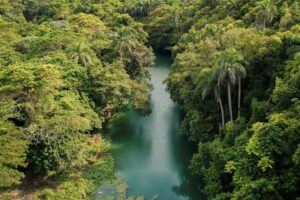 The Amazon River: The Lifeblood of the Rainforest
The Amazon River: The Lifeblood of the Rainforest
The Amazon River is the largest river in the world by volume, discharging about 209,000 cubic meters of water per second into the Atlantic Ocean. It serves as the main artery of the rainforest, providing water and nutrients to plants and animals throughout the region. The river’s influence extends beyond the rainforest itself, with its freshwater outflow playing a critical role in marine ecosystems, particularly in the Atlantic.
Without the Amazon Rainforest and its hydrological functions, the global water cycle would be disrupted, leading to significant environmental and economic consequences. Droughts could become more common, and agricultural productivity could suffer, resulting in food shortages and economic instability.
Climate Regulation: The Amazon’s Effect on Global Weather Patterns
The Amazon Rainforest has a profound influence on global weather patterns, acting as a stabilizing force for the Earth’s climate. By absorbing heat from the sun and releasing water into the atmosphere, the Amazon helps regulate temperature and precipitation patterns not just in South America but around the world.
Deforestation in the Amazon has already been linked to changes in global weather patterns, including longer droughts, stronger storms, and rising sea levels. Without the Amazon, these climate disruptions would worsen, leading to more frequent natural disasters and affecting millions of people worldwide.
 Cultural Significance: Protecting Indigenous Communities
Cultural Significance: Protecting Indigenous Communities
The Amazon Rainforest isn’t just important for its environmental contributions—it’s also home to more than 400 Indigenous communities who rely on the forest for food, shelter, and medicine. These communities have lived in harmony with the rainforest for thousands of years, preserving traditional knowledge and practices that are deeply tied to the health of the ecosystem.
As deforestation continues to threaten the Amazon, Indigenous communities are often the first to feel the impact. Their way of life is endangered, and with it, a wealth of knowledge about how to sustainably manage and protect the rainforest. The loss of the Amazon would mean not just an environmental catastrophe but also a cultural one, as the world’s last remaining Indigenous cultures are displaced.
Deforestation: The Amazon at Risk
The Amazon Rainforest is facing its greatest threat yet: deforestation. Driven by logging, agriculture, and mining, deforestation is rapidly destroying the Amazon at an alarming rate. In the past 50 years, more than 17% of the Amazon has been lost, and if current trends continue, the rainforest could reach a tipping point where it is no longer able to recover.
When trees are cut down, the carbon they stored is released back into the atmosphere, accelerating climate change. Deforestation also disrupts the water cycle, reduces biodiversity, and contributes to soil erosion, further threatening the health of the planet. The Amazon is approaching a critical threshold, and if we don’t act soon, we could lose it forever.
Why the Earth Needs the Amazon Rainforest: A Call to Action
The Amazon Rainforest isn’t just a beautiful and biodiverse region—it’s an essential part of the Earth’s life support system. From regulating the climate to supporting millions of species and Indigenous communities, the Amazon plays a role in nearly every aspect of our planet’s health. Without it, the Earth would be a much harsher and less hospitable place.
We must act now to protect the Amazon from deforestation and ensure its survival for future generations. Governments, conservationists, and individuals alike must work together to preserve this critical ecosystem. The fate of the Earth may very well depend on it.

